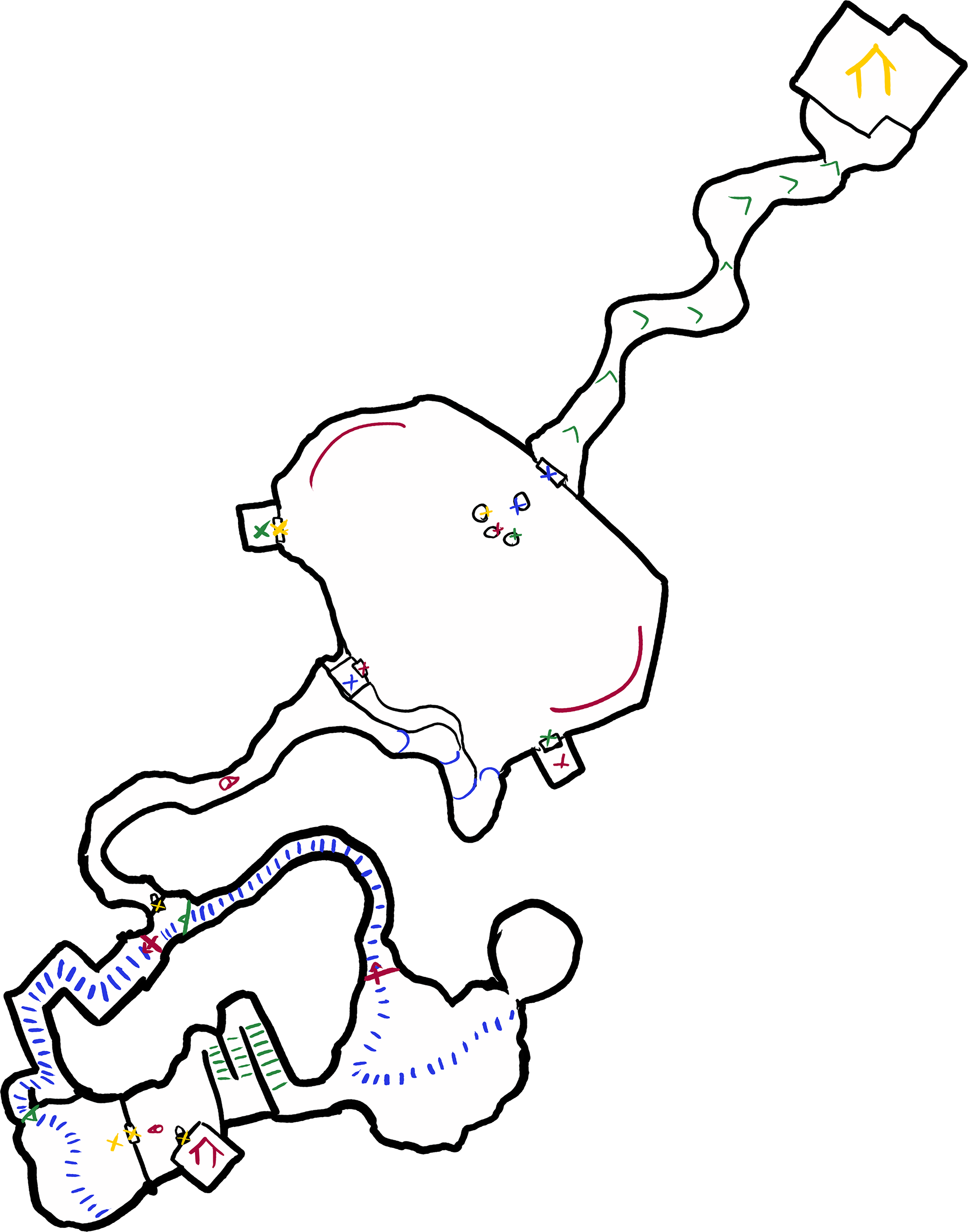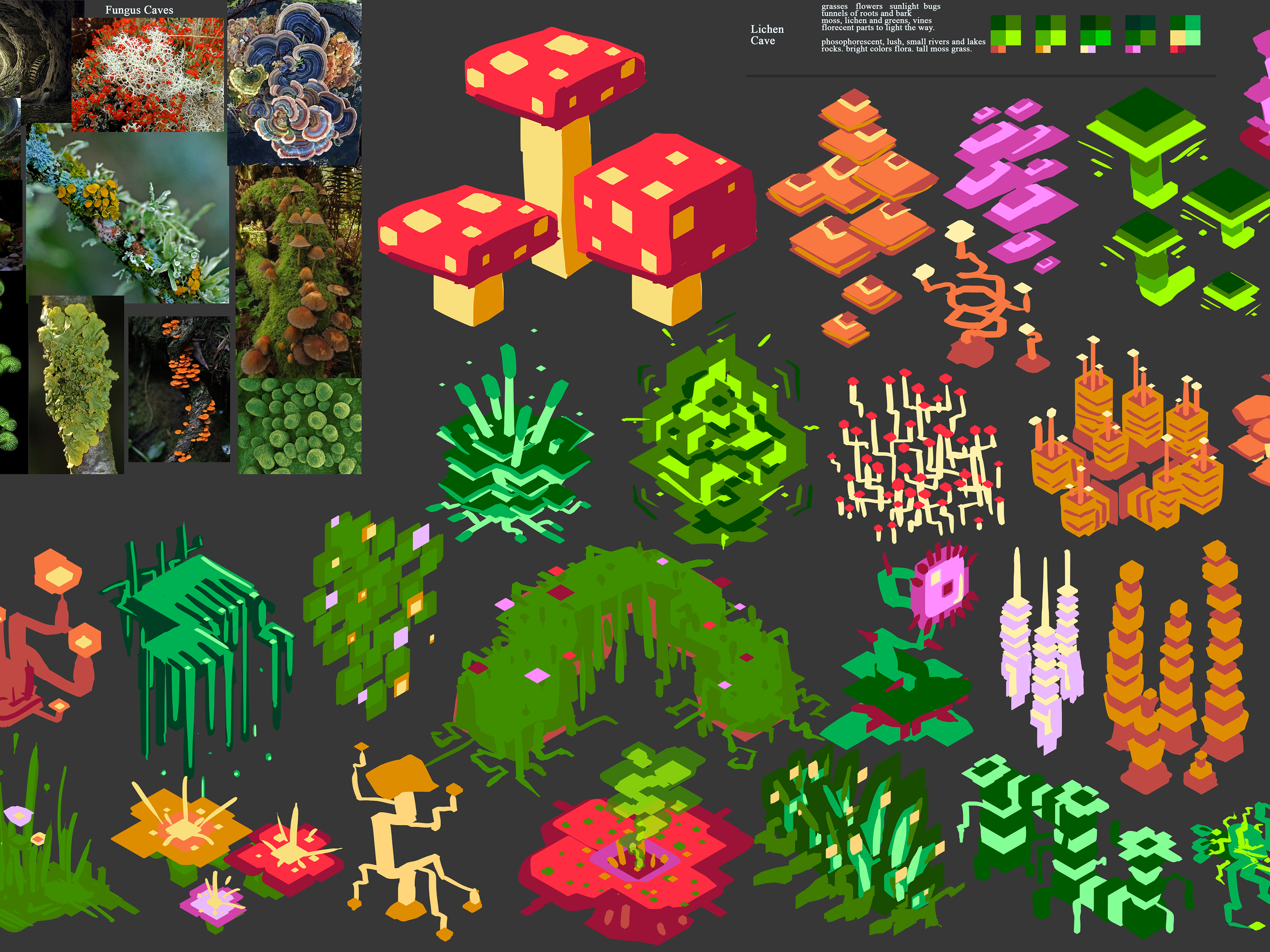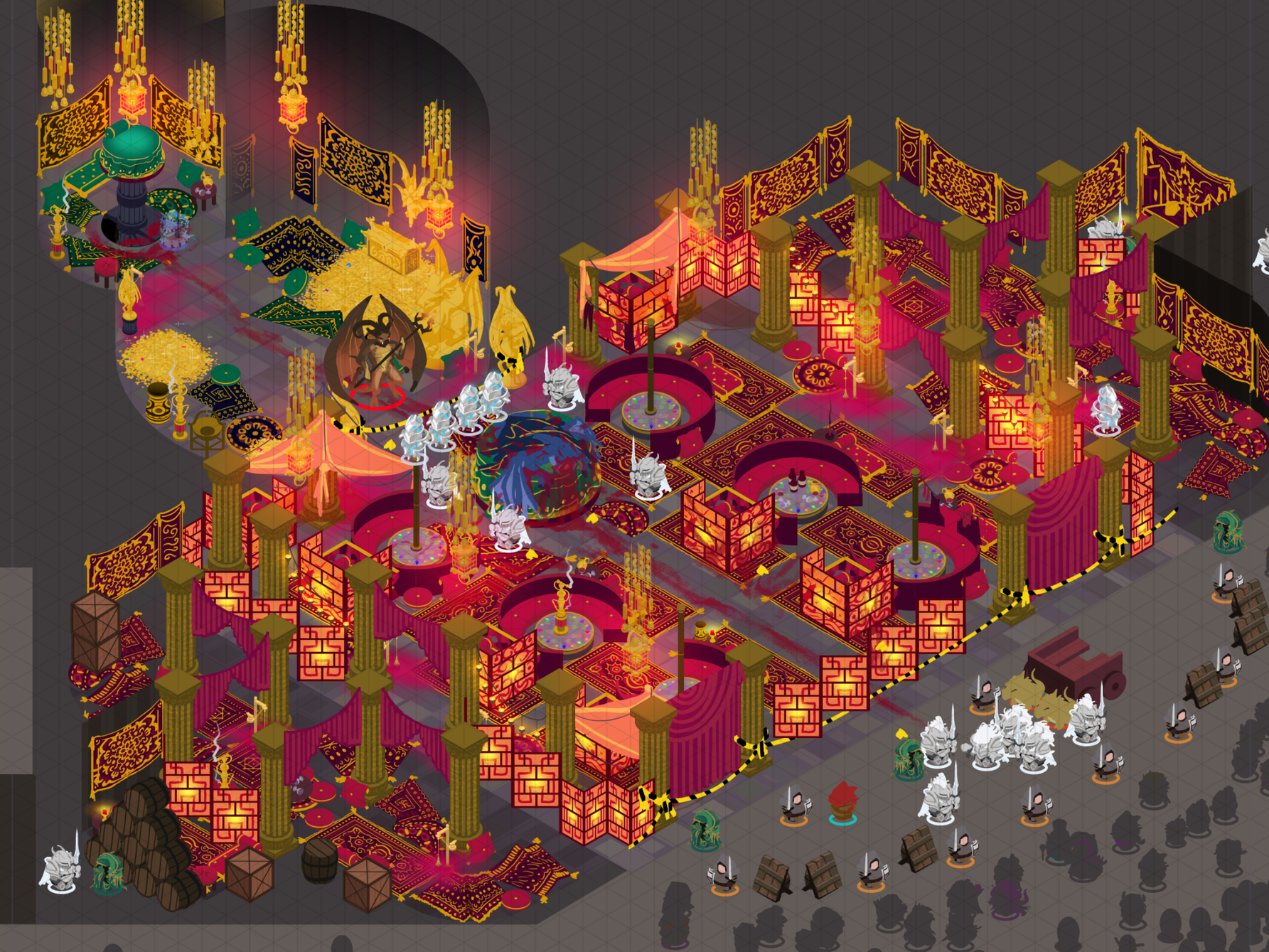What is Dreams?
"Dreams is an extraordinary game universe where you can discover coMmunity-made creations from around the world… and learn to make your own. Dreams gives you the opportunity to unleash your creativity. Bring your ideas to life with innovative, easy-to-use tools, then share them with a global community. Whether you want to create games, music, paintings, animation, sculpture, movies, or something in-between, Dreams is a digital playground where anything is possible."
-Media Molecule, 2020, Dreams
Dreams comes with tools for making art, animation, programming, sound, cinematics, and more, and has several built in tutorials to teach users with ease and varying tools such as PlayStation Move, VR tools, or even a simple controller. Users can make anything from their own games of any imaginable genre to a simple diorama. It uses unique node-based blueprinting in order to teach new users about programming and logic in a visual format, and has its own rendering system involving the use of particle volumes called Flecks to build artwork and graphical effects from.
Best of all is that it allows users to share, spread, and iterate upon one another's work in a vast online community while maintaining credits of authorship to original creators. It aims to offer an expansive collaborative platform for amateur and expert creators alike to assemble their passions and visions in order to make dreams into realities. Countless creators exist to share and spread their experiences and skills to aspiring artists and designers of all varieties!
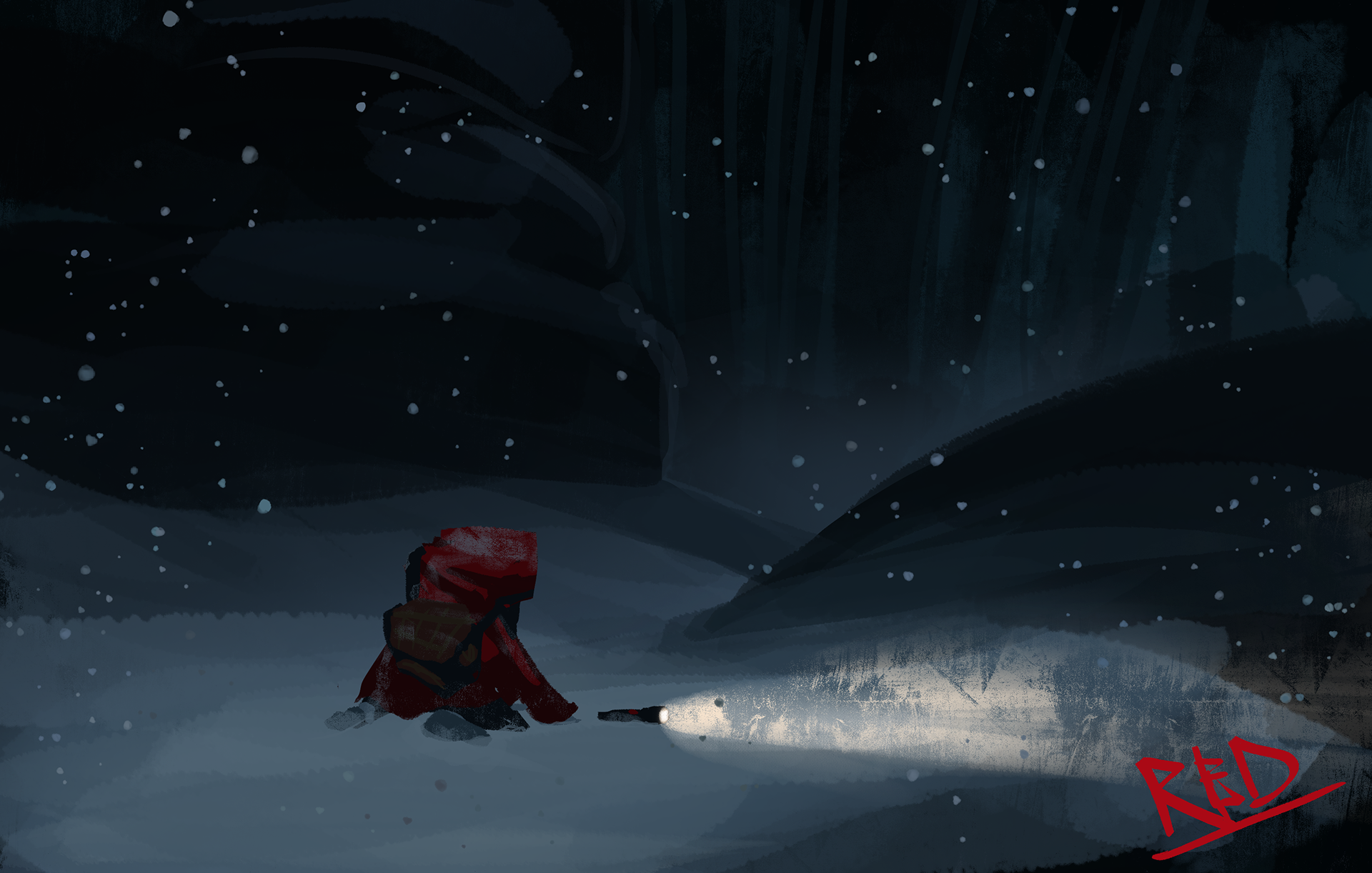
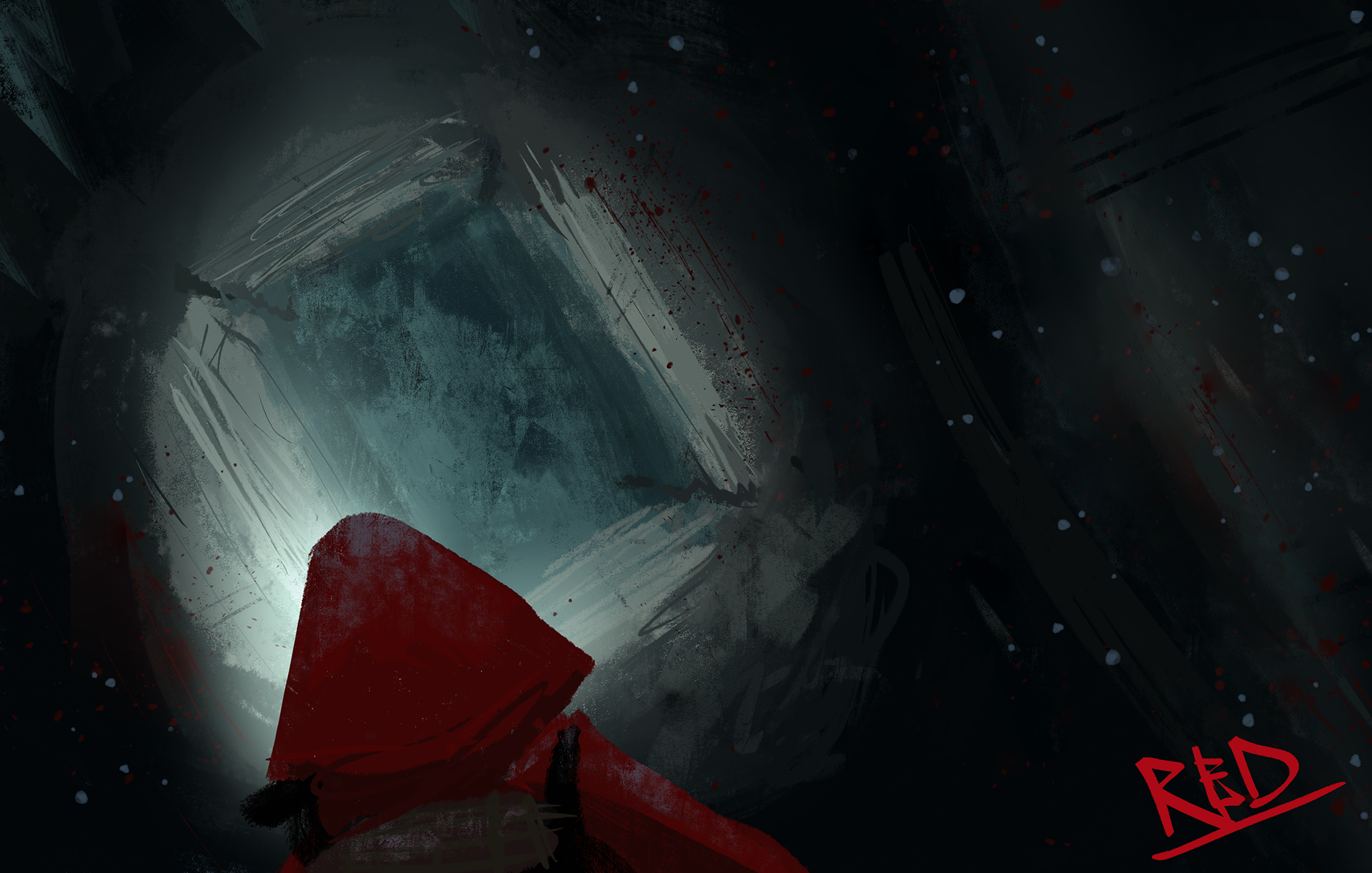

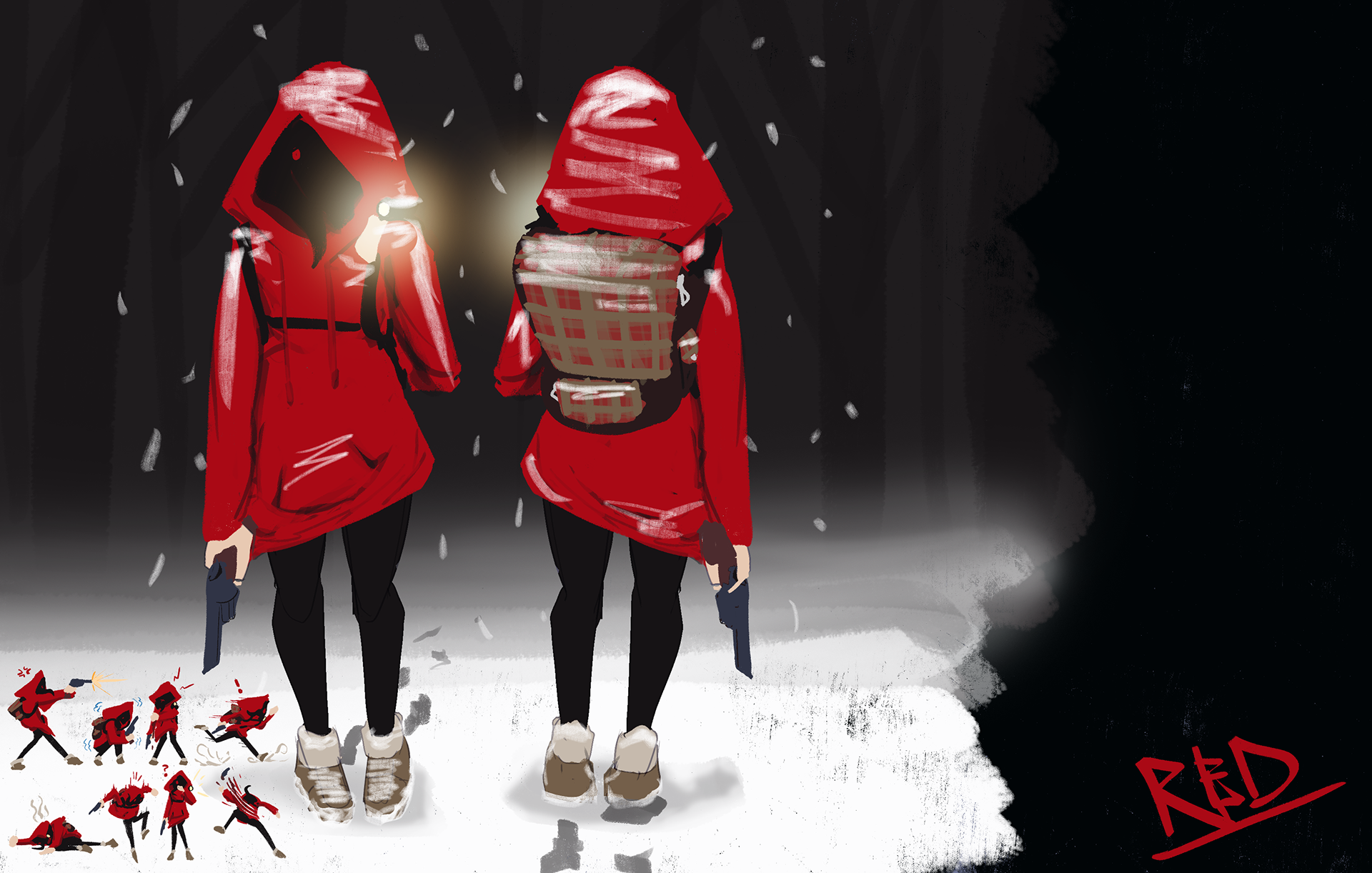
Project Summary
Our team had the opportunity to create premade content for Media Molecule as a testing level sample of their platforms ability in the form of our own game demo. Mm asked us to create a demo that successfully utilized all of Dreams' features, including its tools for sculpting, painting, audio, effects, cinematics, animation, gameplay programming, rendering, and so on. It was the fortunate project which allowed us creative freedom to play with anything and everything.
Due to the lack of entries in its genre we had noticed online, our team chose to devise an action-exploration third-person shooter demo. Resident Evil ended up being one of our primary inspirations, and with it we formed the idea of a chilling survival story inspired by the tale of Little Red Riding Hood set in a deep winter woodlands. Stranded alone in the cold with the threat of a beast in the wilds, she would have to brave the frost and seek the path to refuge at her grandmother's mountain house- and protect herself by any means necessary.
Most of my work began as being allowed to draw out concept art and create pitches which would eventually lend into the final game's form as a leading artist. After learning the potential of Dreams for myself and becoming proficient in all of its tools, I was given ownership of the character and animation pipeline, working closely with our design leads and developers to create engaging character and gameplay systems that touched on as many of the tools Dreams enabled us with as possible.
Technical Design Work
Character animation systems: I utilized Dreams' character controller systems and animation blending tools to adopt player and AI controller inputs. This also included adding layers of animation for idle effects such as short shivers, coldness of breath, aiming and reloading, on and off states for the shoulder-mounted flashlight, crouching and sneaking, damage states and on-hit recoil, and such other elements.
Level layout refinement: I lent a visual perspective in refining our overall level design for a more organic and immersive experience, taking the original layout of the gameplay map and establishing it in a fashion to have more plentiful landmarks and identifiers for players to be guided through their playthrough.
Repeated gameplay review: Because our game has a core gameplay loop involving a primary exploration path to acquire the revolver weapon followed by an escape sequence to the secondary area, we had to carefully analyze the layout of the map and make sure that certain progression gates were either locked or available at certain junctions in the progression. It fell on me to not only playtest for such pathing issues, but to also design one-way crawlspaces and drop points to keep players moving in a forwards path.
Gameplay difficulty balancing: Many of our game's obstacles and hazards involved carefully placed trigger zones and timers for actions and consequences to be performed within, including enemy-alerting debris, grappling quick time events, zones full of floor traps, and more. I aided in carefully reviewing these placements, timings, and variable measurements in order to make sure that the difficulty of these challenges remained fair yet threatening.
Collectibles and event placement: I also helped in defining dialog and collectible trigger systems placed throughout the level, even helping to write some of the actual dialog lines facilitated to the player via animated phone text from Red's pockets as another idle animation.
Cinematics, sound, and UI adjustment: Dreams also has a vast suite of tools for sound, UI, cinematics, and more, with which I was able to collaborate alongside team members in order to assemble intuitive systems surrounding our game. This project game me some helpful insight into deeper animation pipelines and splines with which to operate visual and audio functions throughout our demo.
QA bug testing: When I wasn't busy with artwork or gameplay design for this project, I would spend countless hours rigorously playtesting it for bugs and crashes in our level layout and character controllers. This also included checking for things such as bullet hit-scan detection, overlapping triggers and animations, breakage in physics and rigs, and more.

